Menu
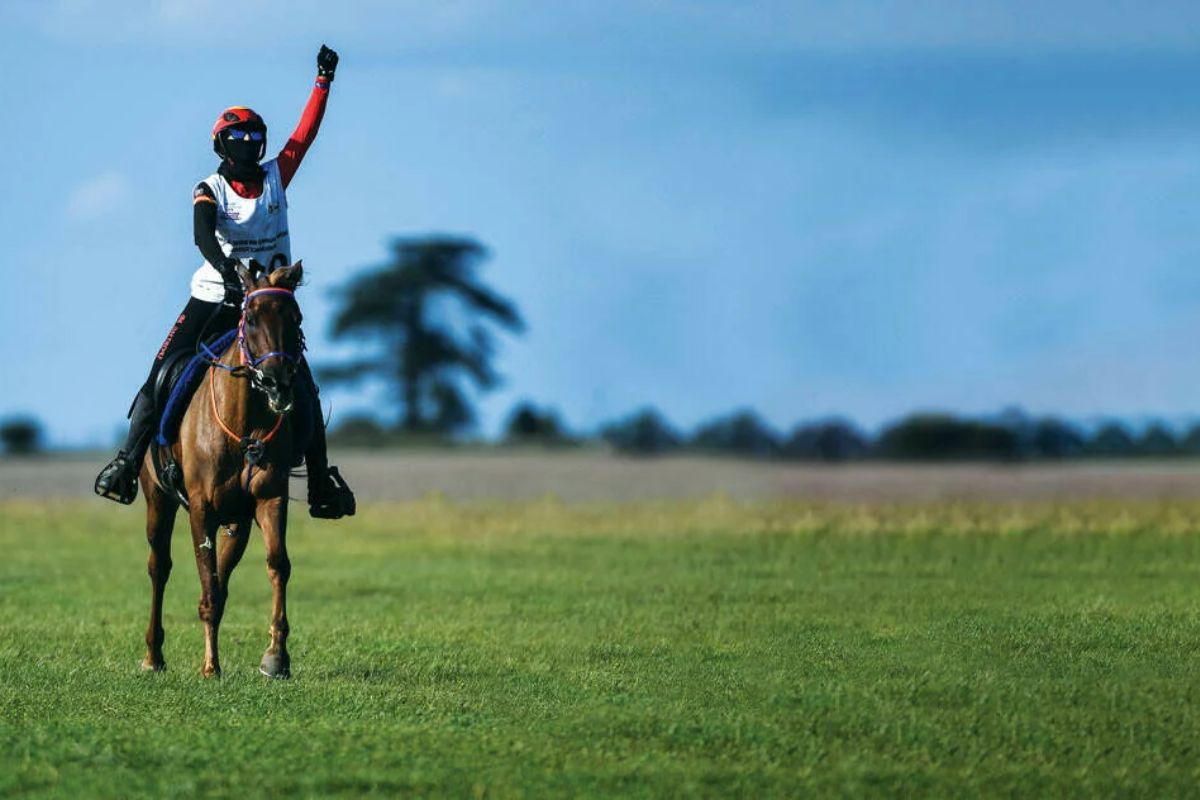
Endurance racing is a test of stamina, discipline, fitness and patience. It has traditionally been known as the ultimate challenge in equestrian sports. Riders must know their mount well enough to bring them trough a guelling day. Riding over long distances and with a terrain which tests the hardest of the hearts. All of this should be done while keeping the horse's health and condition paramount.
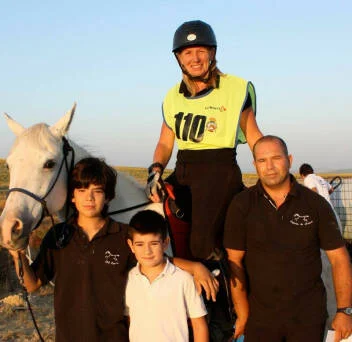
Tracey Parker has been an endurance rider for fifteen years. Before COVID-19, he arranged both international and local competitions in Southern Spain, where she lives.
You may also like to read: How to pick the correct trainer
Nowadays, the focus of endurance racing is the health of the horse, even though many would disagree. There are different age limits depending on the race length. This way, it is ensured that younger horses will not enter competitions that will overstretch them. Before starting, a vet inspects all horses if they are fit enough.
The courses are marked usually by ribbons. At an international level, riders are given a map/GPS coordinates. That way, they know where the "holds" are positioned - compulsory stops for further vet checks. The examinations include hydration levels, soundness, any saddle sores, pulses and respiration rates. If unfit, they can be pulled out from the race. The recovery of the horses at each hold is crucial to their performance.
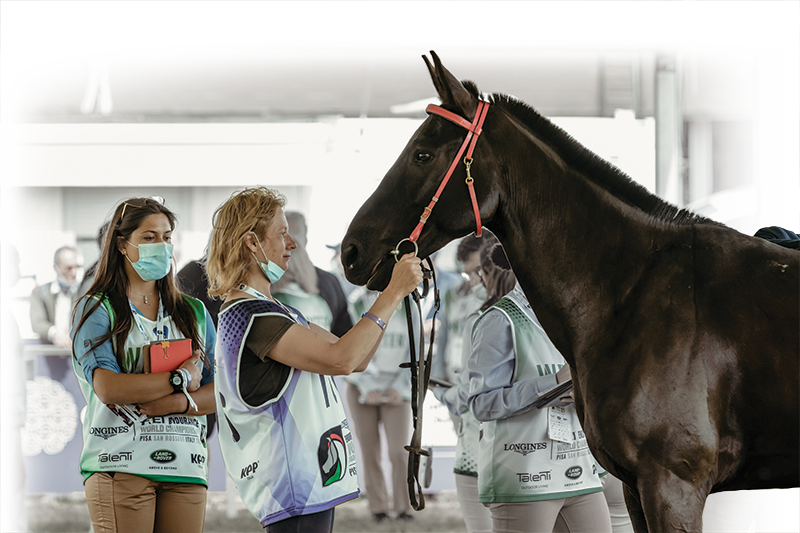
At each hold, the rider and his horse might have a crew waiting for them. They will help rehydrate them, cool them down with water and check their physical condition. Tracey says that often the crew is actually the rider's family. "This adds to the caring atmosphere at most races", she explains.
There is often a supportive attitude between riders due to the focus being on the health, rather than beating the competitors. "If someone is struggling or is a bit lost, riders help each other", Tracey emphasizes.
“If someone is struggling, or getting a bit lost, it is common for riders to help one another”
Riders can be as young as 10 years old and there is no upper age limit. Certain races have minimum weight limits for the riders. Any rider, saddle and pads that weighs under 75kg will have extra weights added.
All breeds can participate if they have the correct training and management. According to Tracey, In Spain, where she lives, the most common breeds used for endurance are Arabs or Anglo-Arab crosses. Arabs were bred for distance so they can perform great for this type of events.
In the UK, there is a grading system from one to three so cobs, Irish sport horses, and similar, can still race. They are likely to finish in a different results section from the other breeds. This equitable system encourages the health of the horses as the primary feature and the personal best as results focus.
There are no big prizes in endurance racing. Most people do it for the love and joy of it. To qualify internationally, you can get sponsorship and some race to make it to the Top 10 in the World. The World Equestrian Games have been won by Spain as individuals and teams many times. “I think it’s overlooked because businesses prefer to put money behind spectator sports, which endurance isn’t really. Also, as it’s not an Olympic event, it can lack the attention other equestrian sports garner,” Tracey says.
"Most endurance horses will live in paddocks, not stables. I like to start riding my horses once they are 5 years old. Before that, I only develop our relationship mostly through groundwork", says Tracey.
In her opinion, you would train with a group of youngsters all at the same time. This will help them get used to being in a crowd for group starts, which can feel claustrophobic with all the jostling. According to her, another way to start them off is to use an experienced horse to lead a youngster. The veteran will show the little one how to be calm and react to new situations, stimuli, etc.
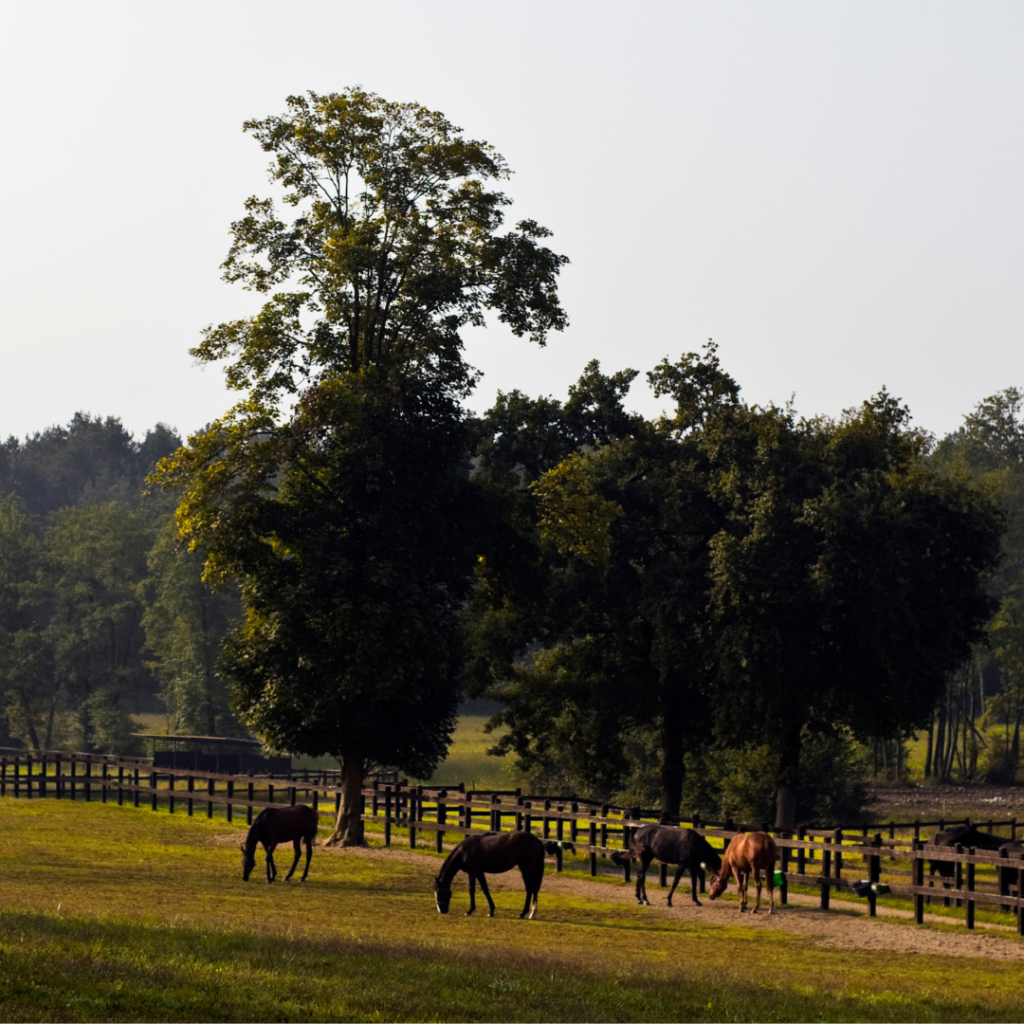
A human would train for a marathon race in a very similar way. Tracey suggest that you simply "Walk, walk and walk. You will be riding your horse five days a week and you will increase the distance every time. The first month, only walking. The second one, you might alternate walking and trotting. Afterwards, you might increase the ratio of trotting to walking."
The correct diet is also crucial for correct conditions. Forage for fibre will help grow the horses' muscles. Using electrolytes often in the diet and increasing this before a race will also support their hydration - a key point for both the rider and the horse.
There are many bitless and barefoot horses in endurance circles. Depending on the distance and the terrain, barefoot horses may protect their hooves with boots. In Southern Spain, boots are often essential due to the rough ground.
The tack is often plastic because it is harder to clean leather. Whips, spurs and fixed Martingales are forbidden. There are a few rules in some competitions. A collared top could be required, but often the riders can focus on comfort. Junior riders must wear a helmet.
Tracey recommends training in a heavier saddle than the one you will compete in. High level competitors use a carbon fibre saddle for the event but they are not very flexible. Other people may use a lightweight dressage saddle or even an Australian stock saddle.
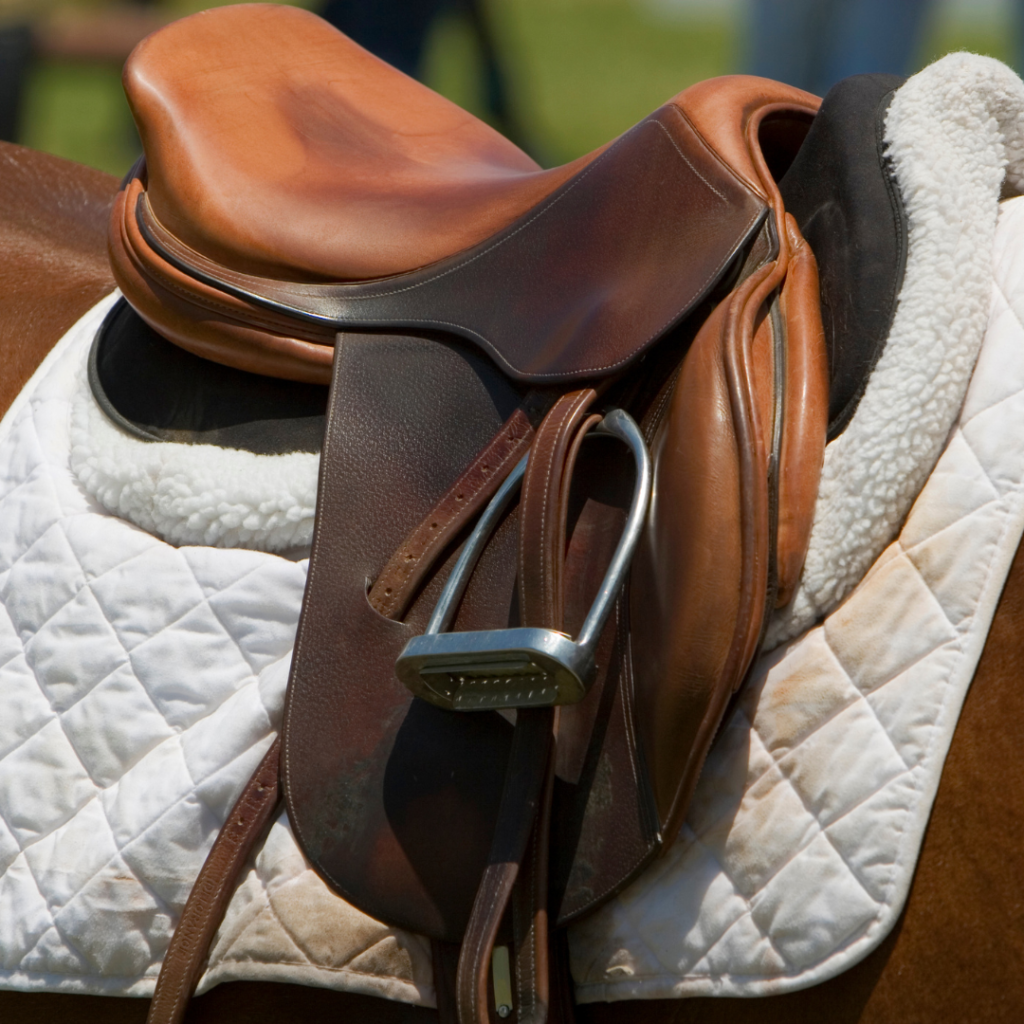
It is recommended that you and your horse practice on a variety of terrains. Although you have to be in the saddle at the start and end of the race, there are no rules regarding staying in the saddle during the race. Tracey talks about one competition on the Costa de la Luz where the route took the riders down sand dunes:
"Rather than staying in the saddle, I decided that it was safer for him to navigate the dunes without my extra weight. That way, if any obstacles under the sand, he could just easily protect himself. I just let go and rolled all the way down. It was so fun, even if I did end up with sand in my knickers. The golden rule is that you should not ask your horse to ride even 1km if you cannot walk that far. With the terrain, sometimes you just have to get off, so you really need to be fit enough to keep going even if you are not on the horse."
You may also like to read: Liberty Training - Do you dare lose control?
As every international sport, most riders have to travel with their horses to the race site. This means that the horses are stood in their boxes, often for long distances, before the race even begins. To keep the horses well, most people will go several days beforehand to rest and be in a good condition prior participating.
The revers happens after the race, so the horses can rest before travelling back home once again. Once they are home, the horses should be given one day of rest for every 16km ridded in the race.
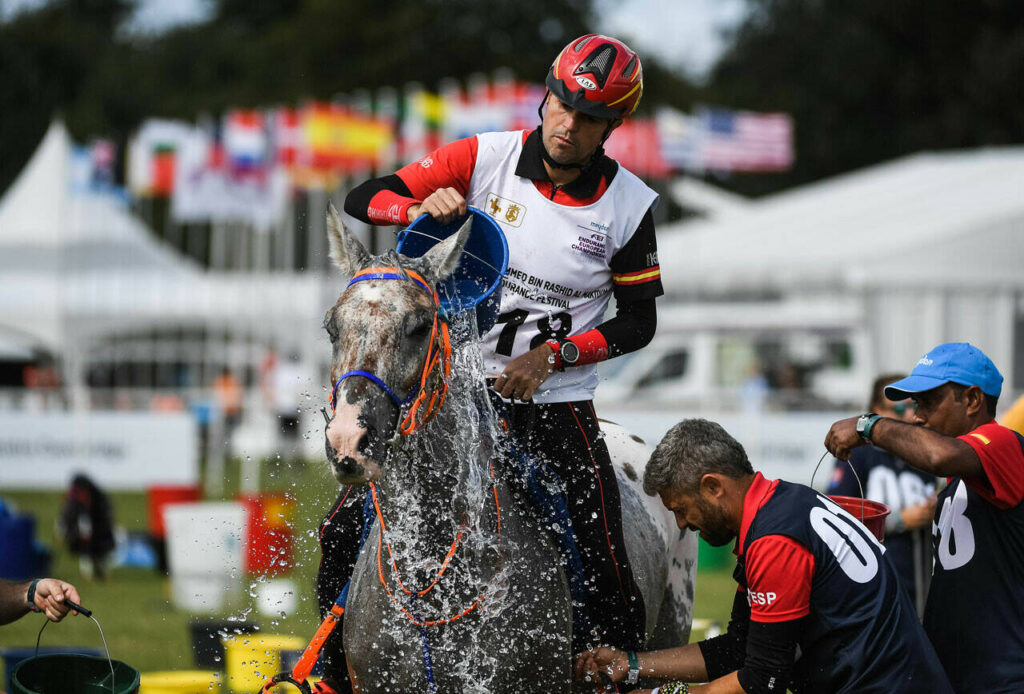
They have been important for as long as horses have been domesticated. The earliest records of it being an organized activity are from the 1900s. This happened when armies, predominately Russian and Polish, were training for World War I. They would ride for 300miles over 5 days with each horse carrying at least 200lbs.
It happened during 1950s in the USA. This was when Wendell Robie and others rode the Western States Trail over a week. Eventually, bringing the time down to a maximum 24 hours. This is what became the Tevis Cup and is still, to this day, the toughest 100-mile ride in the World.
It is about riding horses on courses of mixed terrain for long distances. Usually between 50 to 100 miles within time limits. There are also longer multi-day rides. The sport's motto is "To finish is to win". The sport focuses on the health of the horse throughout every race. It is a competition of personal records rather than a race among riders and their horses.
Endurance has been part of the FEI since 1982 and is now the fastest growing discipline. Since 2004, the number of nations participating in Endurance has risen by 50%. There has also been an increase in FEI events to over 900 annually. The regulations imposed by the FEI for Endurance are among the most stringent in the World sport. The joy and excitement in the riders and their horses throughout the day show the partnership between equine and human athletes.